Angry Photographer: Epic RANT (again) - Why your most important data isnt safe. You're messing up
Angry Photographer: Epic RANT (again) - Why your most important data isnt safe. You're messing up
No, i have NO connection to the seller:
http://www.ebay.com/itm/100-Pak-16X-SPEED-TAIYO-YUDEN-JVC-SHINY-SILVER-DVD-R-Media-/220282569043?pt=LH_DefaultDomain_0&hash=item3349dd4153
Use DVD+R for your archives, not DVD-R
Since your data is so valuable, its is a stated necessity that you not purchase low grade retail DVD blank media rather ‘century-disks’ as meant 60+ year or 100+ year professional archival DVD blank media (such as Taiyo Yuden or otherwise). These blank media average only 20% more than consumer level DVD blanks, but are extremely reliable, have an extremely low reject rate of bad blanks, and your valuable data and work is most certainly worth the cost of 100-pack of DVD blanks which are only $15 or so more than the typical blanks.
As to the type of professional DVD blank media: DVD-R is inferior for data preservation for several reasons: error correction, wobble tracking, and writing method. For a DVD to track where it is on the disc, it uses three things: the ‘wobble’ of the data track to tell where it is in the track, the position of the track to tell where it is on the disc, and some additional information where on the disc to tell where the track begins and ends. On –R media, the ATIP is stored as a frequency modulation in the wobble itself; since the wobble changes subtly to encode data, it is impossible to use with the small size of tracks DVD requires, as electric noise in the laser pickup and wobbles introduced by the electric motor spinning the disc, these could easily be read as frequency changes in the real track itself.
On DVD-R this problem had been attempted to be solved by ‘pre-pits’ where spikes in the amplitude of the wobble appear due to pits fully out of phase with the rest of the track (between two spirals of the track, where there is no data). This can be viewed as a simple improvement over CD-R as it makes it easier to track the wobble. This method has one flaw: due to electric noise in the laser pickup, it would be very easy to miss the pre-pit (or read one that wasn’t actually there) if the disc were damaged or spun at fast speeds. DVD-R traded hard to track frequency changes for hard to read wobble-encoded data.
On a DVD+R there is a better write method. Instead of changing the frequency of the wobble, or causing amplitude spikes in the wobble, they use complete phase changes. Where DVD-R’s methods make you choose between either easy wobble tracking or easy ATIP reading, DVD+R method makes it very easy to track the wobble, and also very easy to encode data into the wobble. DVD+R method is called ADIP (Address In Pre-groove).
Now, the third item on the list: how DVD+R discs burn better. ATIP/pre-pit/ADIP stores information about optimum power control settings. DVD-R basically fails on all three accounts because DVD+R simply includes far more information about the media in the ADIP data than DVD-R does in it’s pre-pit data. DVD+R includes four optimum profiles, one for four major burning speeds. Each of these profiles includes optimum power output based on laser wavelength, more precise laser power settings, and other additional information. With this information, any DVD+R burner can far more optimize its burning strategy to fit the media than it can with DVD-R, thereby providing better burns.
DVD+R also gives four times more scratch space for the drive to calibrate the laser on; more space can only improve the calibration quality. So DVD+R media exists to simply produce better burns and protect your data better, which when it comes to data hub archiving is of vital importance.
No, i have NO connection to the seller:
http://www.ebay.com/itm/100-Pak-16X-SPEED-TAIYO-YUDEN-JVC-SHINY-SILVER-DVD-R-Media-/220282569043?pt=LH_DefaultDomain_0&hash=item3349dd4153
Use DVD+R for your archives, not DVD-R
Since your data is so valuable, its is a stated necessity that you not purchase low grade retail DVD blank media rather ‘century-disks’ as meant 60+ year or 100+ year professional archival DVD blank media (such as Taiyo Yuden or otherwise). These blank media average only 20% more than consumer level DVD blanks, but are extremely reliable, have an extremely low reject rate of bad blanks, and your valuable data and work is most certainly worth the cost of 100-pack of DVD blanks which are only $15 or so more than the typical blanks.
As to the type of professional DVD blank media: DVD-R is inferior for data preservation for several reasons: error correction, wobble tracking, and writing method. For a DVD to track where it is on the disc, it uses three things: the ‘wobble’ of the data track to tell where it is in the track, the position of the track to tell where it is on the disc, and some additional information where on the disc to tell where the track begins and ends. On –R media, the ATIP is stored as a frequency modulation in the wobble itself; since the wobble changes subtly to encode data, it is impossible to use with the small size of tracks DVD requires, as electric noise in the laser pickup and wobbles introduced by the electric motor spinning the disc, these could easily be read as frequency changes in the real track itself.
On DVD-R this problem had been attempted to be solved by ‘pre-pits’ where spikes in the amplitude of the wobble appear due to pits fully out of phase with the rest of the track (between two spirals of the track, where there is no data). This can be viewed as a simple improvement over CD-R as it makes it easier to track the wobble. This method has one flaw: due to electric noise in the laser pickup, it would be very easy to miss the pre-pit (or read one that wasn’t actually there) if the disc were damaged or spun at fast speeds. DVD-R traded hard to track frequency changes for hard to read wobble-encoded data.
On a DVD+R there is a better write method. Instead of changing the frequency of the wobble, or causing amplitude spikes in the wobble, they use complete phase changes. Where DVD-R’s methods make you choose between either easy wobble tracking or easy ATIP reading, DVD+R method makes it very easy to track the wobble, and also very easy to encode data into the wobble. DVD+R method is called ADIP (Address In Pre-groove).
Now, the third item on the list: how DVD+R discs burn better. ATIP/pre-pit/ADIP stores information about optimum power control settings. DVD-R basically fails on all three accounts because DVD+R simply includes far more information about the media in the ADIP data than DVD-R does in it’s pre-pit data. DVD+R includes four optimum profiles, one for four major burning speeds. Each of these profiles includes optimum power output based on laser wavelength, more precise laser power settings, and other additional information. With this information, any DVD+R burner can far more optimize its burning strategy to fit the media than it can with DVD-R, thereby providing better burns.
DVD+R also gives four times more scratch space for the drive to calibrate the laser on; more space can only improve the calibration quality. So DVD+R media exists to simply produce better burns and protect your data better, which when it comes to data hub archiving is of vital importance.

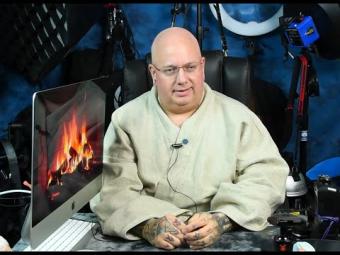
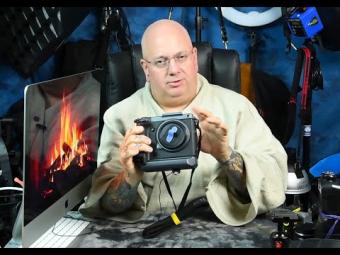

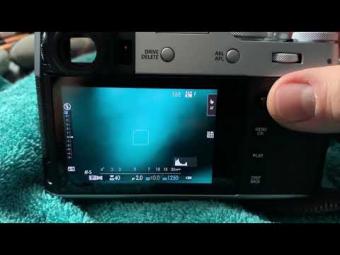
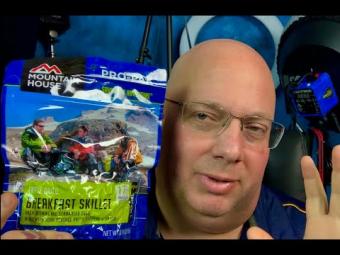

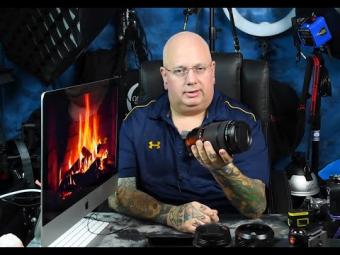
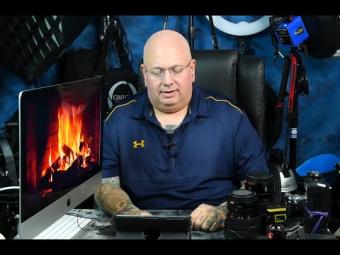
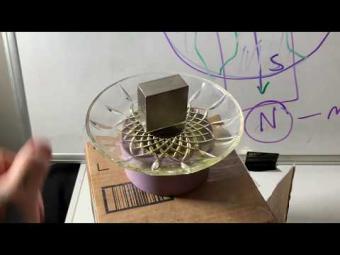
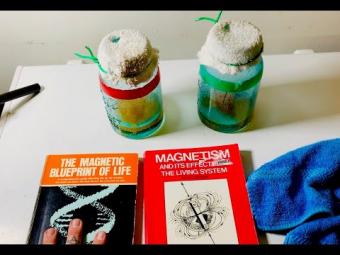
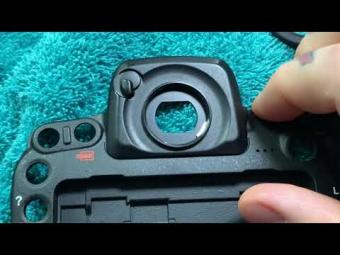
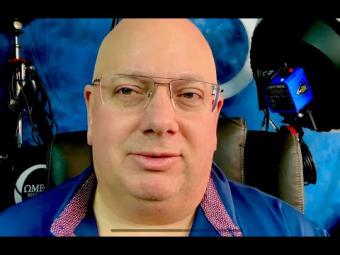





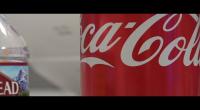
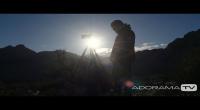


YORUMLAR